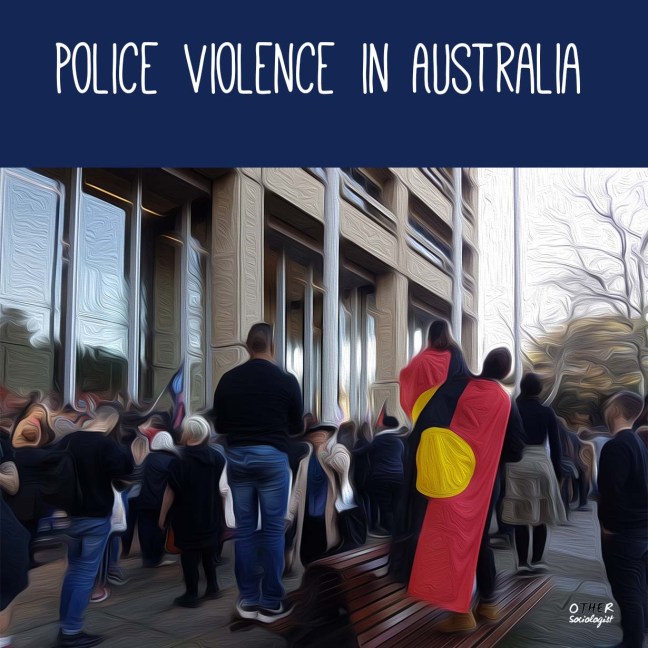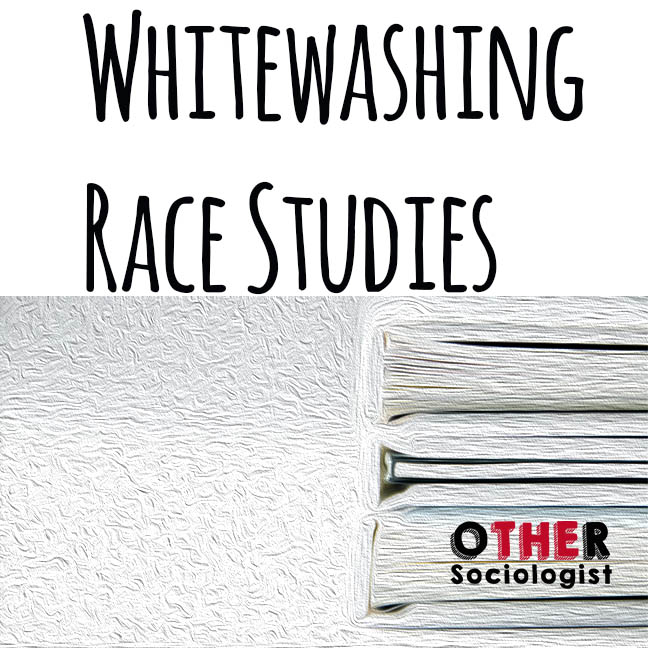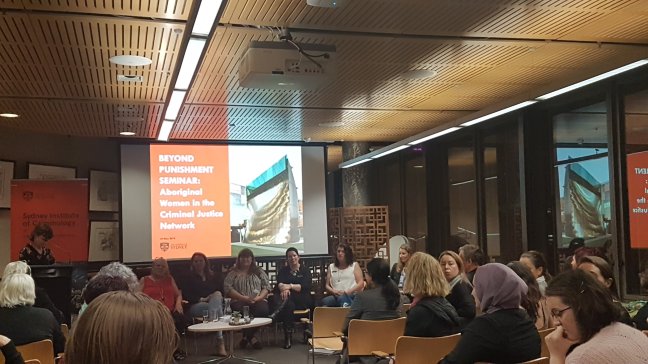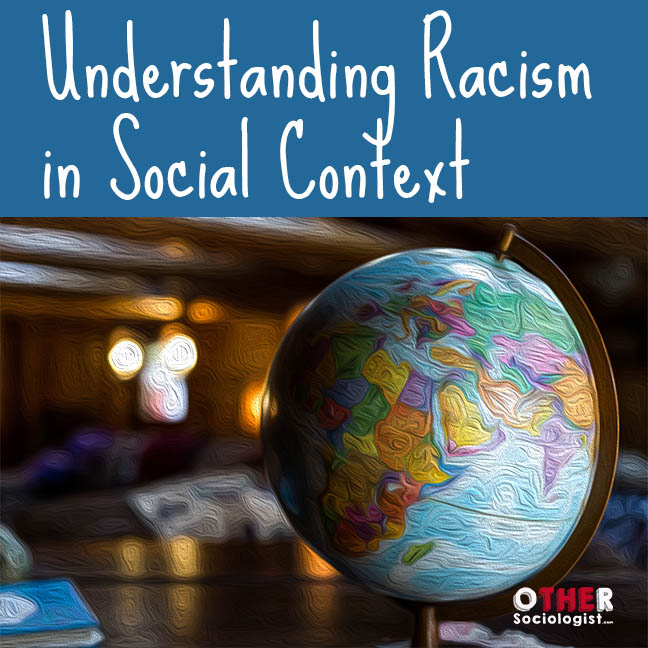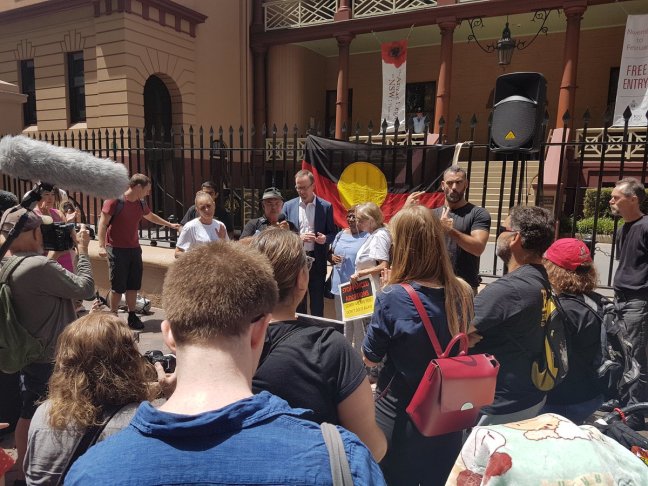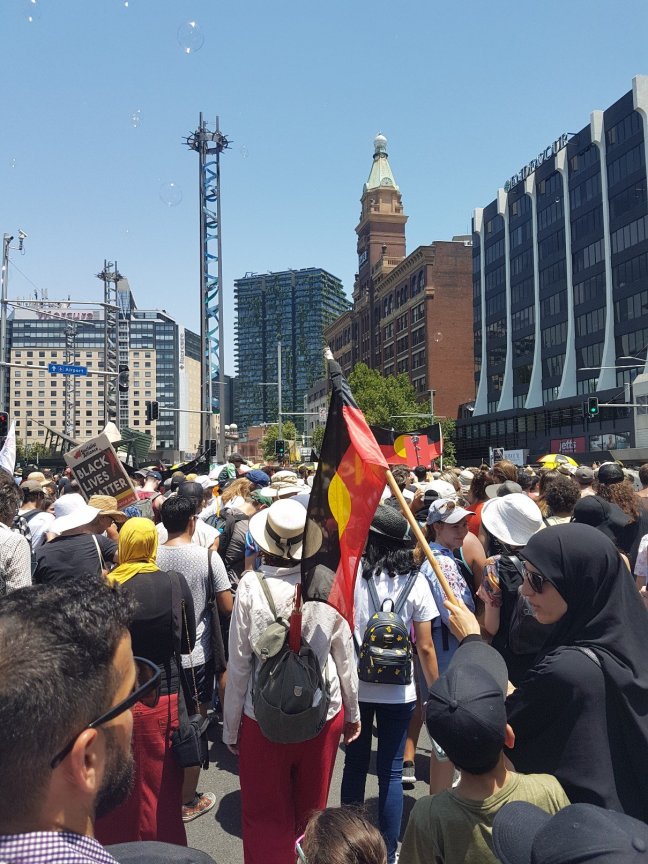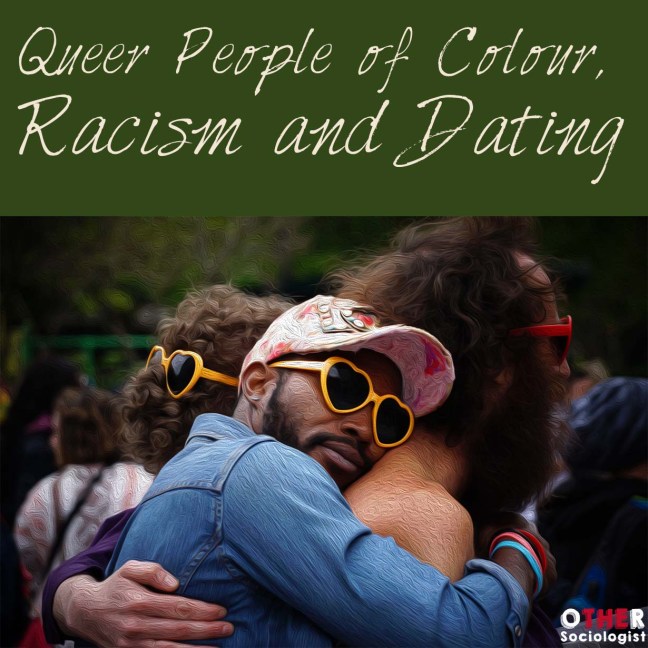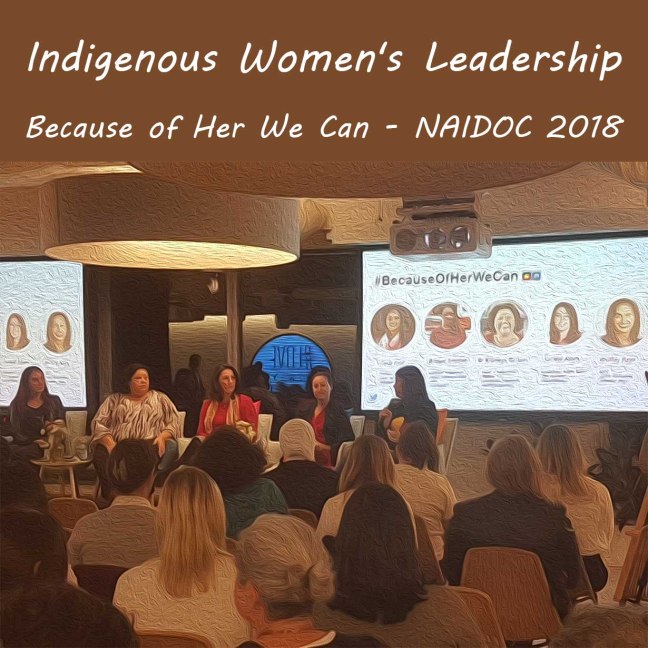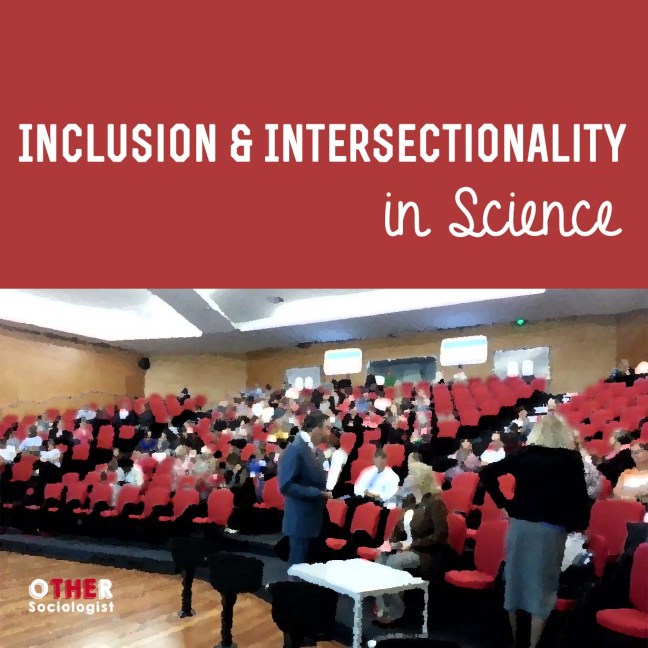It is still Reconciliation Week, and Australia is undergoing two major court cases where police have shot dead young Aboriginal people. Yet non-Indigenous people remain wilfully oblivious. We are collectively spending more energy in feeling morally superior to other countries, rather than acting towards national change. Specifically, Australian media lead with stories of “violent unrest,” “violent protests,” and “mayhem” in the USA, instead of focusing on police violence against Black victims and protesters, and providing insightful analysis on similarities to Aboriginal deaths in custody in the Australian context.
Australian social media and public commentary are preoccupied with either dismissing current events as unique to other societies (“only in America”), or posting aghast (rightfully) over police brutality overseas. We do this despite not engaging with long-running campaigns led by Aboriginal and Torres Strait Islander communities. It’s not that we should disengage from world events; #BlackLivesMatter is an important movement that resonates globally and deserves attention. The issue is the disproportionate focus on the USA by Australians. This maintains our perception that police brutality is an American quirk and allows non-Indigenous Australians to ignore local racial justice movements led by Aboriginal and Torres Strait Islander people.
This post will illustrate how non-Indigenous Australians “other“ national racism, as if it is the abhorrent opposite of our national culture. This is easier than taking the steps we need to address police brutality and racial injustice right here and now.
Continue reading Police Violence in Australia
